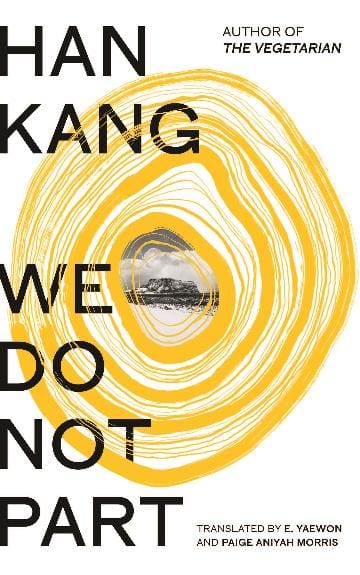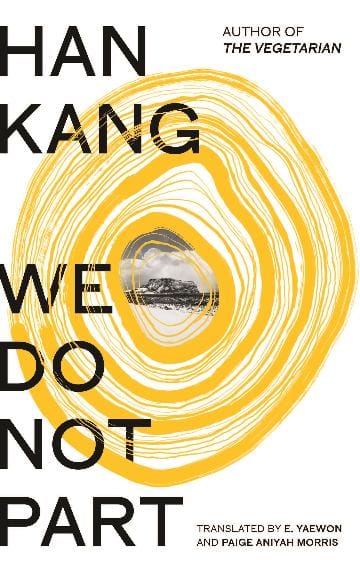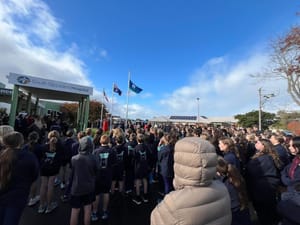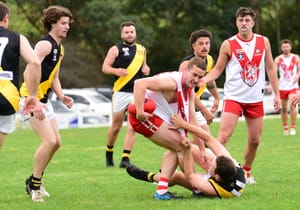With Paul Voermans
Life in Friendship: Han Kang’s We Do Not Part
When I heard Han Kang had won the Nobel Prize, I cheered.
The Vegetarian (trans. Deborah Smith, 2015) is short and full of trees and madness and, during lockdown, when fear and pain in the air matched obligations to reject cruelty and unreality, it moved me deeply.
We Do Not Part was written after The Vegetarian won the Man International Booker Prize (and was named in the NYT “Best Books of the 21st Century”).

Trees feature in Han’s new novel as well. Literally, its title is No Goodbye, which is also a sculpture in the novel. We Do Not Part forms a diptych with Human Acts (trans. Deborah Smith, 2016).
In the teeth of the Korean War, general strikes, and witnessed by US military—also Australian—approximately 250,000 of all ages were slaughtered. Arguably, it was the US who ordered extermination of Jeju “reds,” 30,000, marked as anybody who had, for instance, attended anti-partition meetings, those forcibly registered as Bodo, for supposed re-education.
Neither novel is literal about historical events but they don’t change history, they write it. (Both stand alone. Human Acts depicts the suppressed 1980 Gwangju democratisation uprising.)
We Do Not Part sings the strength of friendship—and one woman on a mission to rescue another’s budgerigar in a snowbound cabin.
This might seem an unlikely way into long-suppressed, since-confessed, Korean history, but it is the small voice and large spirit of vulnerable creatures which drops us—literally—into the dry creek bed on the island of Jeju along which a village once existed until army and police razed it.
Visiting her friend in hospital, the narrator, who cannot sleep or eat after finishing a book about massacres in “G——,” mentions that there is horror which she cannot countenance directly. All this takes place against blinding, crystalline winter. Lit by fingers holding a last match, broken and burning down.
There are plenty of such indirect snapshots of the book’s subject in trees and shadows and the art installation the narrator proposes then abandons, and to which her friend clings. Also literal snapshots, hunted down and preserved.
Kyungha-ya and Inseon have been friends since Kyungha-ya graduated and began to write. Inseon is a photographer, from the island of Jeju. Kyungha-ha has gone on to write books, Inseon to documentary. For both, their last work is awful to get past.
In fact, there are signs in this shifting story that something has happened to one or both of them. Is the novelist a ghost as well?
No spoiler, this: Han Kang’s work features so much madness, nightmare’s relationship to our mind-numbing history, where action revises earlier understanding.
Certainly, the odyssey Kyungha-ha embarks upon to save the budgie for her hospitalised friend is traumatically, foolishly realistic; it draws her out of depression. This later bears some details of reality and some of dream. The finale echoes a number of images from its beginning but does it make it clearer?
I have read opinions of Han Kang’s work analysing for clarity and consistency and to this I’d reply: this is not the logic she’s after. This is a novel. The author photo on my copy features Han shielding eyes against a bright light, so that it is impossible to read her face….
If you like novels written like poetry, which do not always fit in the reasonable part of your mind, We Do Not Part is as good as they come.






